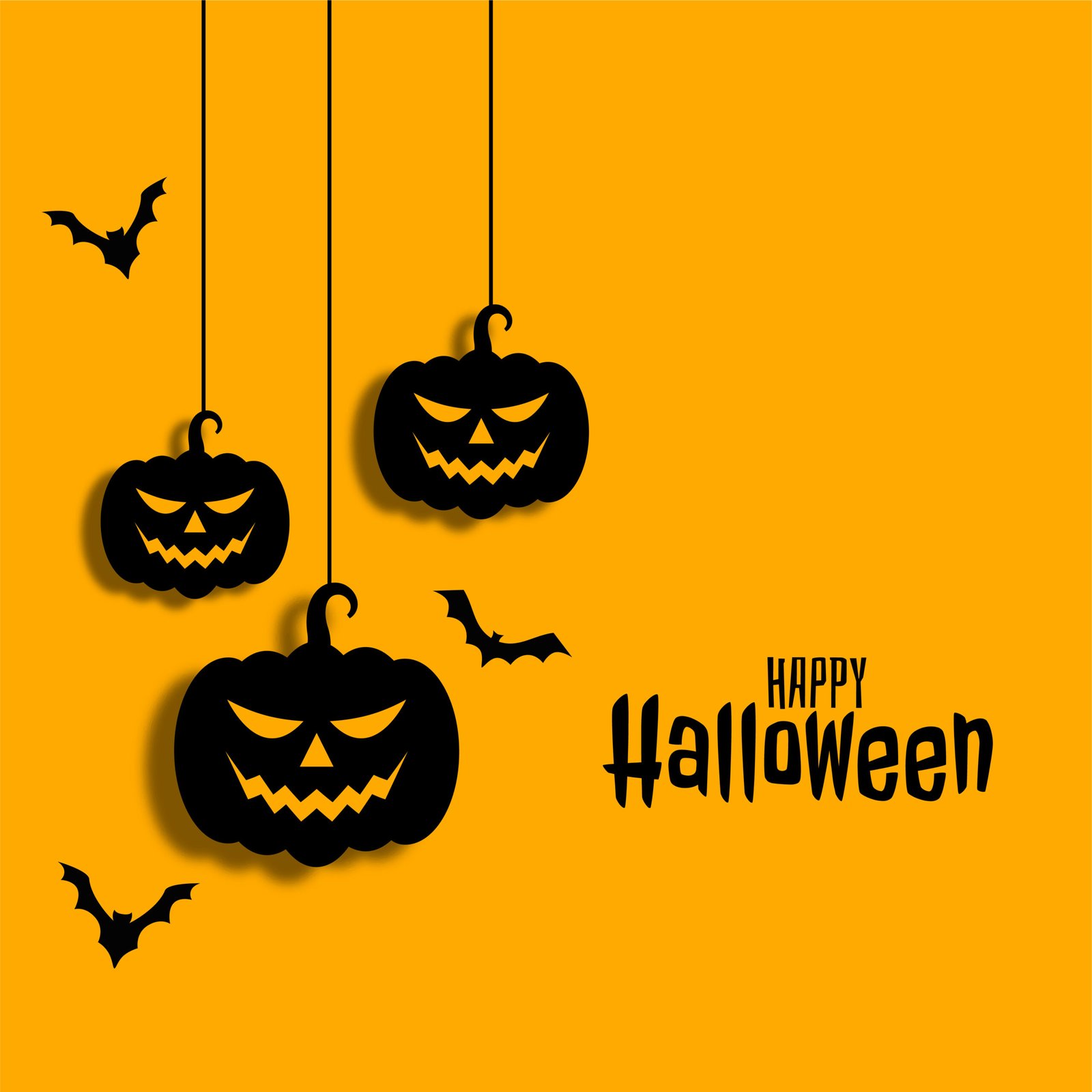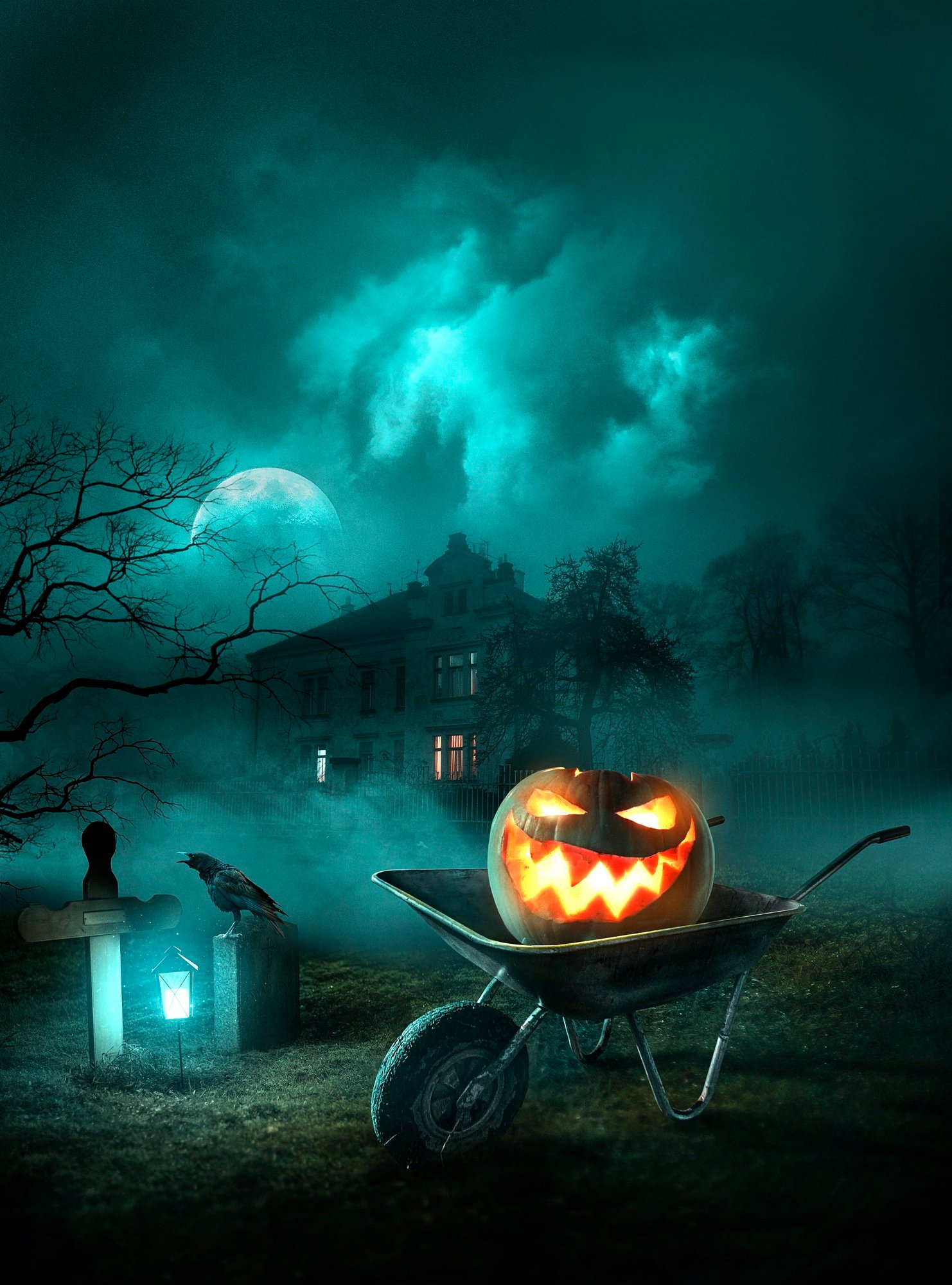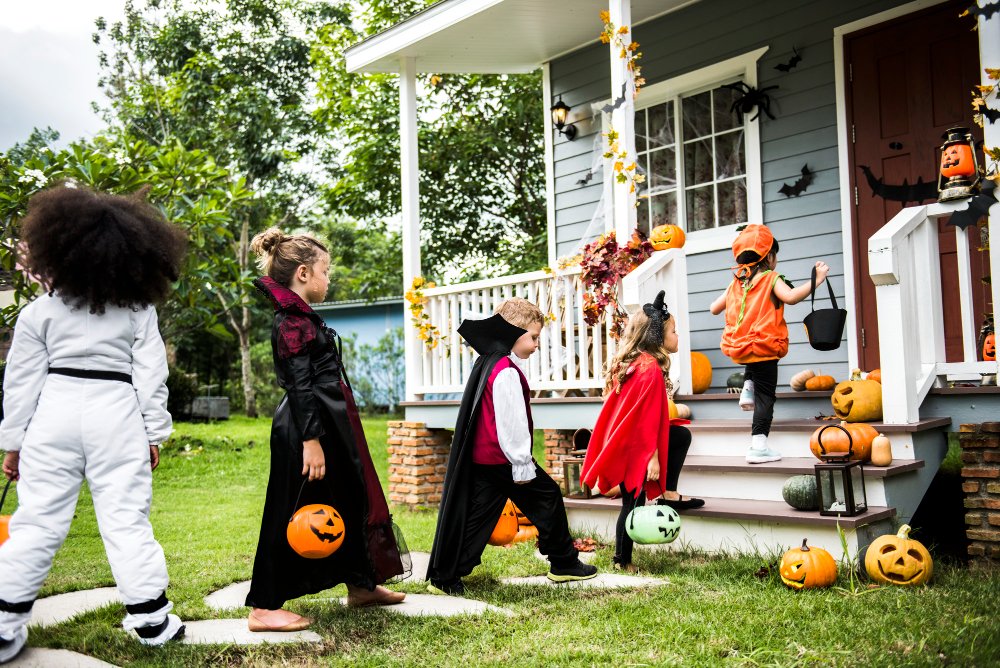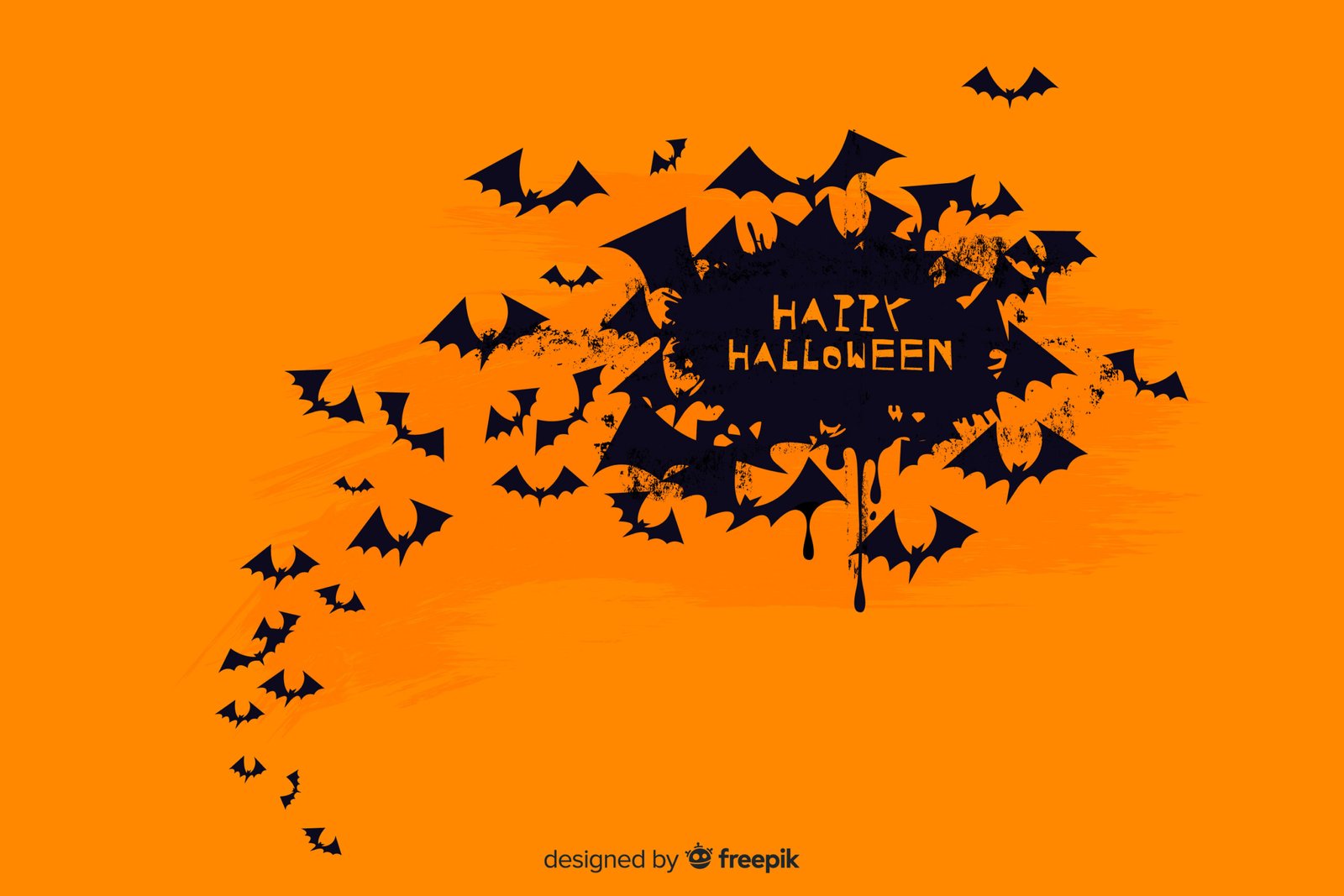The Origins, Meaning & Traditions of Halloween

Halloween, a holiday, marks the day before the Western Christian feast of All Saints, or All Hallows. Also, it initiates the season of Allhallowtide. In Europe and North America, the celebration of Halloween is largely non-religious.
Where did Halloween come from?

People are usually quite curious to learn about the origin of Halloween. It is worth noting that Halloween may have developed partially from the pre-Christian holiday Samhain, celebrated in early medieval Ireland around November 1 as the beginning of a new year. Halloween seems to have developed mostly from Christian feasts of the dead in the Middle Ages. All Saints’ Day is celebrated on November 1, and All Souls’ Day on November 2. October 31 was initially celebrated as All Hallows’ Eve, later contracted to Halloween, and the major force behind the same has been Western Christendom.
What popularized Halloween in the United States?
Halloween, a contraction of All Hallows’ Eve, is popularly celebrated as a holiday observed on October 31, the evening before All Saints’ (or All Hallows’) Day, marking the day before the Western Christian feast of All Saints and initiates the season of Allhallowtide. The festival lasts three days and concludes with All Souls’ Day. In Europe and North America, Halloween is largely non-religious.
How is Halloween celebrated?

People celebrate Halloween with pranks, parties, costumes, and trick-or-treating. People carve faces out of pumpkins. Halloween had origins in the festival of Samhain among the Celts of ancient Britain and Ireland. The New Year was believed to begin on the day corresponding to November 1, as per the revelations of the contemporary calendars.
That date was the beginning of the winter period, marking the return of the herds from pasture and the renewal of the land tenures. The Samhain festival marked when the souls of those who had died returned to visit their homes. Also, it was believed that people who had died during the year started the journey to the otherworld. To mark the significance of the celebration, People set bonfires on hilltops to relight hearth fires for the winter and to frighten away evil spirits.
In addition, sometimes, they wore masks and other disguises to avoid being recognized by the ghosts. Beings such as hobgoblins, witches, fairies, and demons came to be associated with the day. The period had been favorable for divination on matters including marriage, health, and death. Romans conquered the Celts in the 1st century CE and added their own festivals of Feralia, which made it even easier to commemorate the passing of the dead and of Pomona, the goddess of the harvest.
The history behind the celebration
7th century CE marked that Pope Boniface IV established All Saints’ Day, originally on May 13, and in the following century, the day was moved to November 1 in an effort to supplant the pagan holiday with a Christian observance. The evening before All Saints’ Day is considered holy, or hallowed, even from which originates “Halloween.” The end of the Middle Ages marked the merging of the secular and the sacred days. The Reformation put an end to the religious holiday among Protestants.
But the revelations also highlight that in Britain, Halloween continued to be celebrated as a secular holiday. The early American colonists forbade the celebration of Halloween, although, in the 1800s, there was the rise of festivals that marked the harvest and incorporated elements of Halloween. Large numbers of immigrants, including the Irish, went to the United States in the mid-19th century and started observing the Halloween customs. In the 20th century, Halloween became one of the principal U.S. holidays.
Is Halloween a pagan or Christian holiday?
Halloween is largely a secular celebration but has both Christian and pagan roots. During the Middle Ages, the Christian Roman holiday of All Saints’ Day spread to other Christianized areas, leading to the merging of the Hallowtide traditions with local cultures. Celtic regions formerly celebrated Sahmain, which led to the local Christian Halloween traditions, including jack-o-lanterns, bonfires, and costumes.
People are usually curious to know whether the local Christian Halloween customs evolved from older pagan traditions. To that, it can be said that scholars agree that they did, yet there are controversies regarding the same, and the Catholic sources state that there is a lack of historical evidence. The reason behind the controversy is that the ancient Celts did not leave written records, folklore, and artifacts, including the 1st-century B.C.E. a bronze calendar found in France references Samhain.
Regarding the pagan roots of the jack-o-lantern, it can be said that the evolution was marked by an Irish Christian Halloween custom, pointing towards a written record. The reason behind this is that the inhabitants of Britain did not record things in writing during the pre-Christian era. Pagan origins of folk customs are prominent from the jack-o’-lantern.
Halloween and its Dark Spiritual History
The Celts believed that the spiritual communication of Samhain made it easier for druids, or Celtic priests, to predict the future. To appease the deities, the Celtic priests built bonfires and sacrificed crops and animals. Villagers attended the bonfire ceremonies wearing animal heads and skins; that was where the tradition of Halloween costumes had its origin.
The Romans conquered Celtic territory by 43 A.D. and brought their culture’s fall festivals. A Roman October celebration, Feralia also commemorated the passing of the dead. There was yet another festival, Pomona, that honored the Roman goddess of fruit and trees and has been a reason why people often bob for apples during Halloween parties.
Bats as a Halloween Symbol

bats these days have been associated with Halloween — and there are historical roots, too. The Druids’ Samhain bonfires attracted bugs and tempted bats to a tasty feast. Various folklore emerged, citing bats as harbingers of death or doom. In Nova Scotian mythology, a bat settling in a house represents the death of a man in the family. If it flies around and tries to escape, it’s a representation of the death of a woman in the family.
The significance of Halloween is immense even today, and People party on Halloween. Ghosts, spirits, and dark academia remain the theme for the celebrations and parties.




